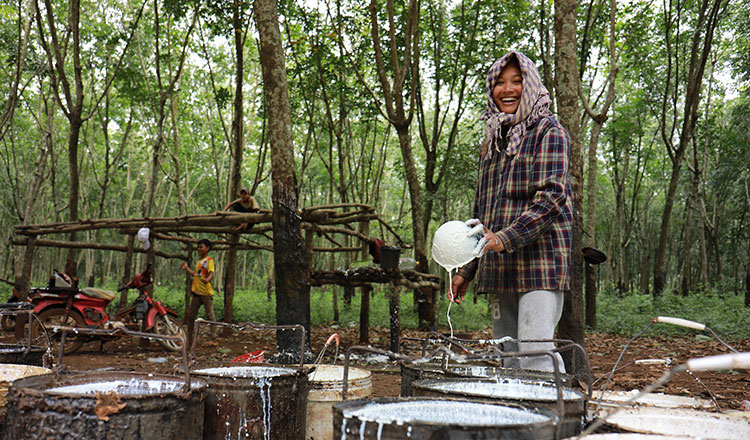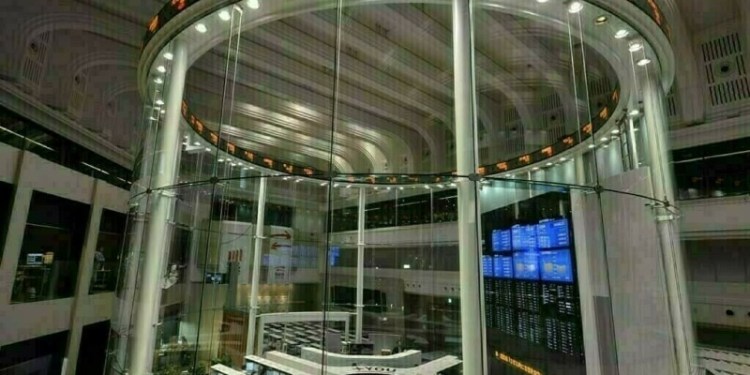
A Cambodian women collects rubber at a local rubber tree plantation. KT/Mom Sophon
Despite production shortfalls in some neighbouring nations, Cambodia’s rubber output looks set to increase in 2018 due to favourable weather conditions, with the sector also benefitting from price stability.
Global rubber consumption is on the rise, the Association of Natural Rubber Producing Countries (ANRPC) said on its latest report, which was released on Thursday. Global demand for natural rubber grew by 5.2 percent during the first seven months of the year, reaching 8.15 tonnes.
World production did not keep up with demand, however, with global output estimated at just 7.3 million tonnes in that same period, ANRPC said.
The discrepancy between demand and supply was partly caused by production shortfalls in key producing nations due to heavy floods during the monsoon season and low prices, particularly in Malaysia, Vietnam, India and Sri Lanka.
Moreover, rubber futures and physical markets have been largely dominated by concerns over the worsening trade war between the US and China, which have caused a build-up of inventory at the warehouses of the Shanghai Rubber Futures Exchange, ANRPC added.
Pol Sopha, the director-general of the General Department of Rubber, told Khmer Times that the outlook for the local rubber sector remains positive, with production increasing every year and stable prices.
Unlike other countries in the region where rubber tree plantations are located in flat terrains, Cambodia’s rubber farms are mostly in hilly areas, which has allowed production to grow despite recent floods, Mr Sopha said.
“There are many auspicious signs for the Cambodian rubber sector. By the end of the year, we expect to produce about 220,000 tonnes,” Mr Sopha said, explaining that good weather conditions in the country are allowing production to grow.
“Cambodia has been producing rubber since 2007 and we expect production to continue to expand,” he said, adding that there are now 440,000 hectares of rubber tree plantations in the country, 200,000 of which have already been harvested.
Mr Sopha said the price of rubber is stable, but that producers hope it will rise in the near future if global supply declines, which may take a long time since stockpiles in China and Japan are still considerably large.
“Currently we are selling rubber for $1,350 to $1,370 per ton,” Mr Sopha said, adding that the breakeven price for commercial rubber is around $1,300 to $1,400 per ton.
Lim Heng, vice president of An Mady Group, told Khmer Times that their rubber fetches $1,200 to $1,300 per ton, which allows for only a small profit margin. He added that Malaysia and Thailand are able to sell their rubber for as much as $1,700 per ton.
With the trade spat between the US and China heating up, Mr Heng said the price of the commodity may be difficult to predict in upcoming months. He said that a cooling-off of relations between the superpowers would result in a better price for the product.
Cambodia exported 84,400 tonnes of rubber during the first half of the year, according to the Ministry of Agriculture. The average price for the commodity is $1,394 per ton, the ministry said.
Vietnam remains the biggest buyer of Cambodian rubber, with the government now conducting negotiations with China, the world’s biggest rubber importer, to start shipping the product there.
Sok Chan / Khmer Times




























